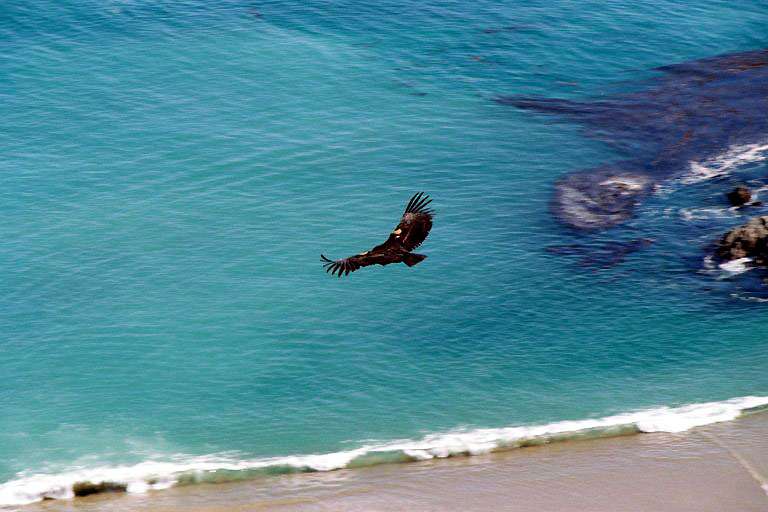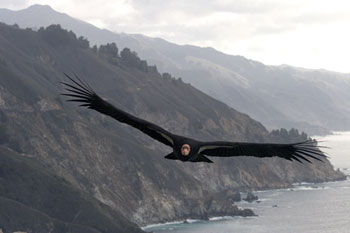The pitch and scale of Great Highland Bagpipe seems to be sharper than B flat in Mixolydian mode, with the staff notation best written with 2 sharps - "but our music could be written with a D key-signature (containing C# and F#) to avoid confusing non-pipers" (per Ewan Macpherson, 1998 - http://publish.uwo.ca/~
*
Hi Ravi P,
Here's a good description of the ...
The Pitch and Scale of the Great Highland Bagpipe -
http://publish.uwo.ca/~emacphe3/pipes/acoustics/pipescale.html ...
(Ewan Macpherson, 1998) ...
and is close to/in the Mixolydian mode, among other things we talked about on Wednesday. Ewan says here that the pitch of the Great Highland Bagpipe is actually much higher than A (and sharper too than B flat), - but not necessarily the practice chanter, or the Scottish smallpipes (e.g. Walsh smallpipes, from Nova Scotia, have chanters in A and D, and others may as well) ... See, for example, WUaS's Scottish smallpipes and borderpipes' wiki subject page ... http://worlduniversity.wikia.com/wiki/Scottish_smallpipes_and_borderpipes.
:)
Scott
*
Ravi P,
Fun to visit recently ... and thanks for the music in so many ways ...
If one goal for me is to learn to accompany, or comp, further on the piano playing Scottish Country Dance music as '2nd piano' on Mondays, ... enjoyably and musically in great ways, playing both base lines with my left hand, and inverted cords around middle C with my right ... how to turn this comping into beautiful music when playing at home is a question that just came up for me?
First I have to simply get playing a variety of inverted chords with my right hand well into my bodymind (and Tricia Woods'"Beginning Blues Keyboard," volume 1 of 3, with its theory can help with this a little) and vis-a-vis left hand base lines +, ... but then HOW TO START INSERTING PLAYING MELODY (the playing of which is a motivator for me), while "comping" in the inverted chords, very simply ... and even playfully ... at first? :) {Playing with friends, as well as inserting melody into comping are ways I'm exploring the idea of enjoyable playing/practicing ... http://worlduniversity.wikia.com/wiki/Practicing_-_Playing_a_Musical_Instrument}.
Nice to both explore bagpiping a little with you playing the piano ("Scotsaire Hornpipe"), as well as to further bring your music theory instruction into conversation with Tricia Woods', to make both come alive especially by me playing along ... "learning by doing" or "learning by playing" works enjoyably for me, to cite Gandhi and others :)
And then to the freedom mind-turning-ness of rock and roll and blues with piping (Stuart Liddell's?) ... how to find musicians already playing blues weekly for dancers for 2 hours, and join in as a 2nd keyboard, for example, I wonder, using sheet music? :) (This seems doable in the SFBA at contra dances and potentially many other kinds of dances).
Piping a little here now ... exploring the bliss musical tone space with music-generation as it arises :)
Regards,
Scott
*
Hi Ravi P,
I've attached 2 pdfs of a part of a set of piping tunes I play possibly to play the following week at RSCDS ... "Scotland the Brave" and "Highland Laddie" ...
And I couldn't find "The Battle of Waterloo" in my sheet music ... so I'm also attaching a whole book of pipe tunes - "PIPE MUSIC BOOK of the 48TH HIGHLANDERS OF CANADA"http://iainlang.com/WebHelp/samples/48th/48thMusicBook.pdf - I found on the web, explicitly intended by the 48th Highlanders for sharing, more than a year ago, I think, - with a version of "The Battle of Waterloo" which is somewhat close as a setting to what I play. I'm playing my own version from memory ... I like it as a tune.
(I'm adding this blog entry to GHB pages at WUaS ... http://worlduniversity.wikia.com/wiki/Great_Highland_Bagpipe and http://worlduniversity.wikia.com/wiki/Bagpipe_Tutorials).
And we did play a RSCDS version of "Battle of Waterloo" on February 17, 2014, which you emailed music for. If I remember correctly, we've also seen versions of RSCDS "Scotland the Brave" and "Highland Laddie" all possibly within the pipe chanter's 'register.'
Sharper than B flat in Mixolydian mode? This seems to be the correct pitch and scale, with the staff notation best written with 2 sharps - "but our music could be written with a D key-signature (containing C# and F#) to avoid confusing non-pipers" (Ewan Macpherson, 1998). (I've asked this question in this blog previously, but this is a new answer, I think).
:)
Scott
*
...







